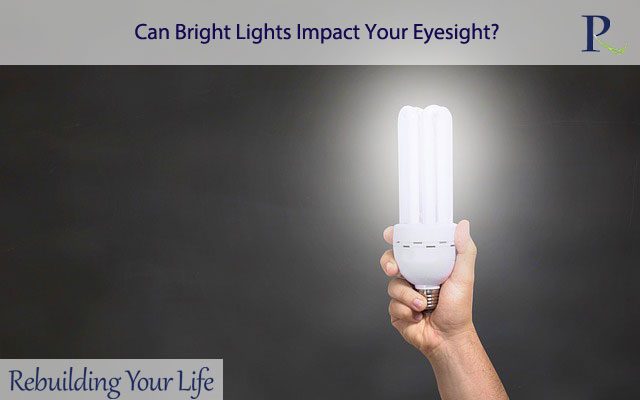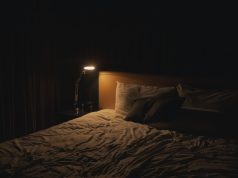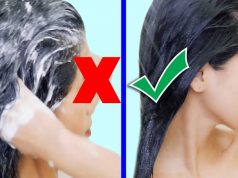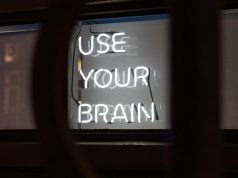We depend on sight more than any other sense to move in the space around us. At a glance, lasting a fraction of a second, the eyes work with the brain to inform us about the size, shape, color and the texture of an object. Our eyes enable us to know the distance an object is at from us, and how you can avoid bumping into it. The eyes provide us daily messages that help us understand the world around us.
Although eyes are small compared to most organs of the body, but their structure is incredibly complex. The eyes work to perceive depth, allowing us to calculate the distance and size of objects to move around. They not only work together but also work with the brain, muscles and nerves to create complex visual images and messages. In addition, the eyes are constantly adapting to changes in the environment. For example, our eyes enable us to get through any place in the dark or when it is brightly lit.
Keep Your Eyes Safe from the Ultraviolet (UV) Rays
We all use sunscreen to protect our skin during the warmer months, but do not forget to protect your eyes as well. During the summer, we spend more time outdoors, and studies show that exposure to bright sunlight may increase the risk of cataracts, macular degeneration and age-related tumors, including cancer. The risk is the same when using tanning beds, so you should also make sure you protect your eyes from UV lights indoors as well.
Why Artificial Light Is Concerning?
Artificial light is composed of visible light and ultraviolet (UV) and infrared (IR) rays, and there is concern that the emission levels of some lamps can be harmful for the skin and eyes. In addition, both natural and artificial light can alter the human biological clock and the hormonal system and cause health problems. UV and blue light components are potentially the most damaging.
Some people with diseases that make their eyes photosensitive claim that energy-saving lamps (compact fluorescent lamps mainly emitting diode LED) which are replacing incandescent lamps, cause their symptoms to worsen, and cause a number of health issues. They also argue that protection measures, such as covering with a second lamp envelope thus reducing the UV emissions are not effective.
Exposure to Extreme Light
If a mask does not protect your eyes or you don’t wear sunglasses with a UV filter, your eyes can be burned by exposure to high intensity light of a tool for welding (torch or arc) or bright sunlight (especially when sun reflected on snow or water). Bright lights, such as tanning beds or sunlamps, may also damage the eyes. Exposure to high intensity light can cause temporary blindness. It could take 24 hours to know the extent of the injury.
Intensive LED Lights
The use of LED light sources (light emitting diodes) is growing exponentially, both in the field of ambient lighting devices and personal and household goods, such as smartphones, computer screens, appliances, etc. However, the main problem with LEDs is that they emit white light as its high radiation band of blue are harmful to the visual system, as they cause retinal damage, especially in pigment epithelial cells.
As with the skin, the sun also causes lesions in the eyes. Therefore, you should use eye protection when stepping outdoors, especially when going to the beach. It is important that you ensure eye protection from the sun, although there are people who are more sensitive to only bright lights. The main function of sunglasses is to protect the eyes against excess light.







